Exploring Splunk Alternatives: Deep Dive into Log Analysis
Splunk is a powerful and widely used software platform designed for searching, monitoring, and analyzing machine-generated data, including logs, events, and other forms of structured and unstructured data.
Originally developed for IT operations and log management, Splunk has expanded its capabilities to address a broader range of use cases across various industries.
While Splunk has long stood as a stalwart in this field, the landscape is teeming with innovative alternatives that cater to diverse needs, promising cost-effectiveness, flexibility, and cutting-edge features.
So, as the technological terrain evolves and user needs diversify, the quest for alternatives to Splunk gains momentum. This article focusses on the other alternatives to Splunk.
Read along to understand each of their features and make an informed choice picking your log management companion.
Table Of Contents:
Splunk Features
Splunk is known for its versatility in handling large volumes of data from various sources and providing actionable insights in real-time.
Here are key aspects of what Splunk does:
- Splunk can ingest and index data from a wide range of sources, including log files, events, metrics, and more. It supports structured and unstructured data from various formats.
- Once data is ingested, Splunk indexes it for fast and efficient search and retrieval. The indexing process organizes the data in a way that allows for quick and effective analysis.
- Splunk enables users to create interactive and customizable dashboards that visualize data using charts, graphs, and other visual elements. Users can generate reports based on the analyzed data, helping in trend analysis, compliance reporting, and other business intelligence activities.
- Splunk is commonly used as a SIEM tool to monitor and analyze security-related events. It helps organizations identify and respond to security threats by correlating information from various sources.
- It supports the development and integration of apps and add-ons, allowing users to extend its functionality.
Splunk's versatility makes it a valuable tool for IT operations. It is widely used across industries to gain insights, troubleshoot issues, monitor performance, and enhance overall operational efficiency.
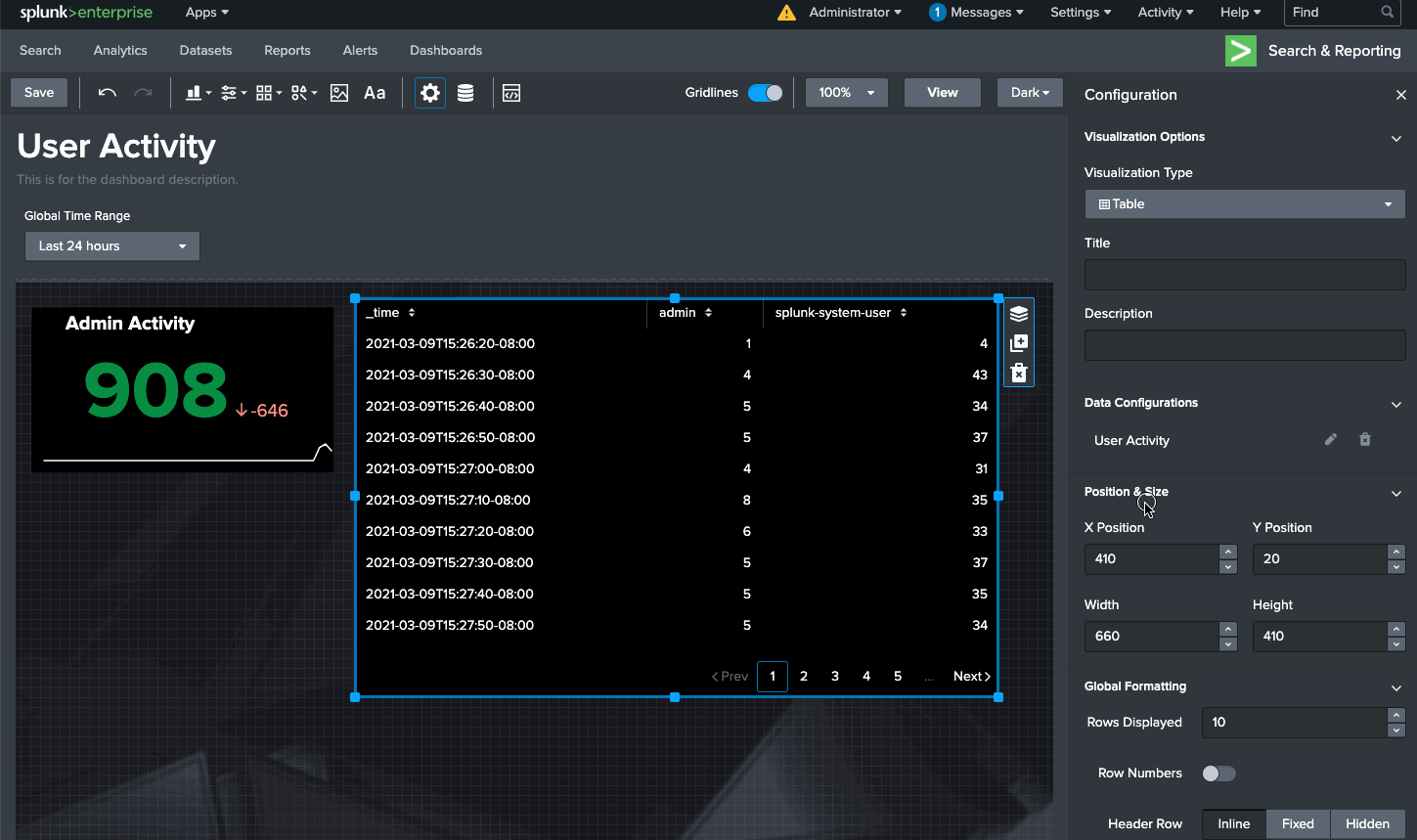
Drawbacks of Splunk
While Splunk is a powerful and versatile tool for log analysis and data visualization, like any software, it comes with its set of drawbacks and considerations. It's important for organizations to weigh these drawbacks against the benefits and features Splunk provides.
- Splunk's licensing model is based on the volume of data ingested, and the costs can escalate quickly as data volumes grow. This can be a significant factor for smaller organizations or those with budget constraints.
- Learning Curve - Users, especially those new to the platform, may find it challenging to harness the full power of Splunk without adequate training and experience.
- With the rise of open-source alternatives like the ELK Stack (Elasticsearch, Logstash, Kibana), some organizations may opt for these solutions over Splunk to avoid licensing costs.
- Since it is not open-source, Splunk community might not be as robust as some of the other alternatives.
- Limited Free Version - While there is a free version of Splunk (Splunk Free), it has limitations on data volume and lacks some advanced features available in the enterprise versions.
What to look for in the alternatives?
Depending on specific requirements, budget considerations, and the technical expertise of the team, organizations may choose to explore alternative solutions that better align with their needs.
i.) Functionality and Features
- Log Management and Analysis
- Search Capabilities
- Real-Time Monitoring
ii.) Scalability
- Infrastructure Scaling
- Cloud Support
iii.) Ease of Use
- User Interface
- Integration and Compatibility
iv.) Performance Monitoring
- Application Performance Monitoring (APM)
- End-User Monitoring
v.) Alerting and Notification
- Customizable Alerts
- Integration with Notification Channels
vi.) Security and Compliance
- Data Security
- Compliance Features
vii.) Cost and Licensing
- Licensing Model
- Total Cost of Ownership (TCO)
viii.) Community and Support
- Community Engagement
- Vendor Support
ix.) Customization and Extensibility
- APIs and Integrations
- Plugin Ecosystem
x.) Performance Overhead
- Resource Utilization
Based on all this, we have sorted out some popular and powerful alternate log monitoring solutions. Check out those below.
Top Splunk Alternatives
1. Atatus
Atatus Log Monitoring solution is a centralized logging approach offered as fully managed Cloud service. You can troubleshoot your logs in the production environment by searching, filtering, and analyzing logs on the fly as they come in.
It let's you identify trends and analyze patterns to understand the full story in a single dashboard. Atatus stores logs for longer periods in your desired external storage for quick-view later.
Coupled with scalability and minimal maintenance, Atatus tops our list for the best Log Monitoring and Management Programs out there.
Feature highlights:
- Log events can be monitored in real-time
- Decide what to log and control
- Millions of log messages with a single click
- Check logs against APM traces and errors
- Create custom pipelines through custom parsing rules
- Define filters, facets, and visualizations using saved views
- Long-term storage of logs
- Alerts in real-time

2. ELK Stack
The ELK Stack, now commonly referred to as the Elastic Stack, is a popular open-source alternative to Splunk. It combines Elasticsearch for data storage and retrieval, Logstash for data processing and transformation, and Kibana for data visualization.
The Elastic Stack is known for its scalability, flexibility, and cost-effectiveness. Organizations can build custom solutions tailored to their specific needs using these open-source tools.
Feature Highlights:
- Scalable
- Centralized Log Monitoring
- Real-time-troubleshooting with live tail
- Log categorization and anomaly detection
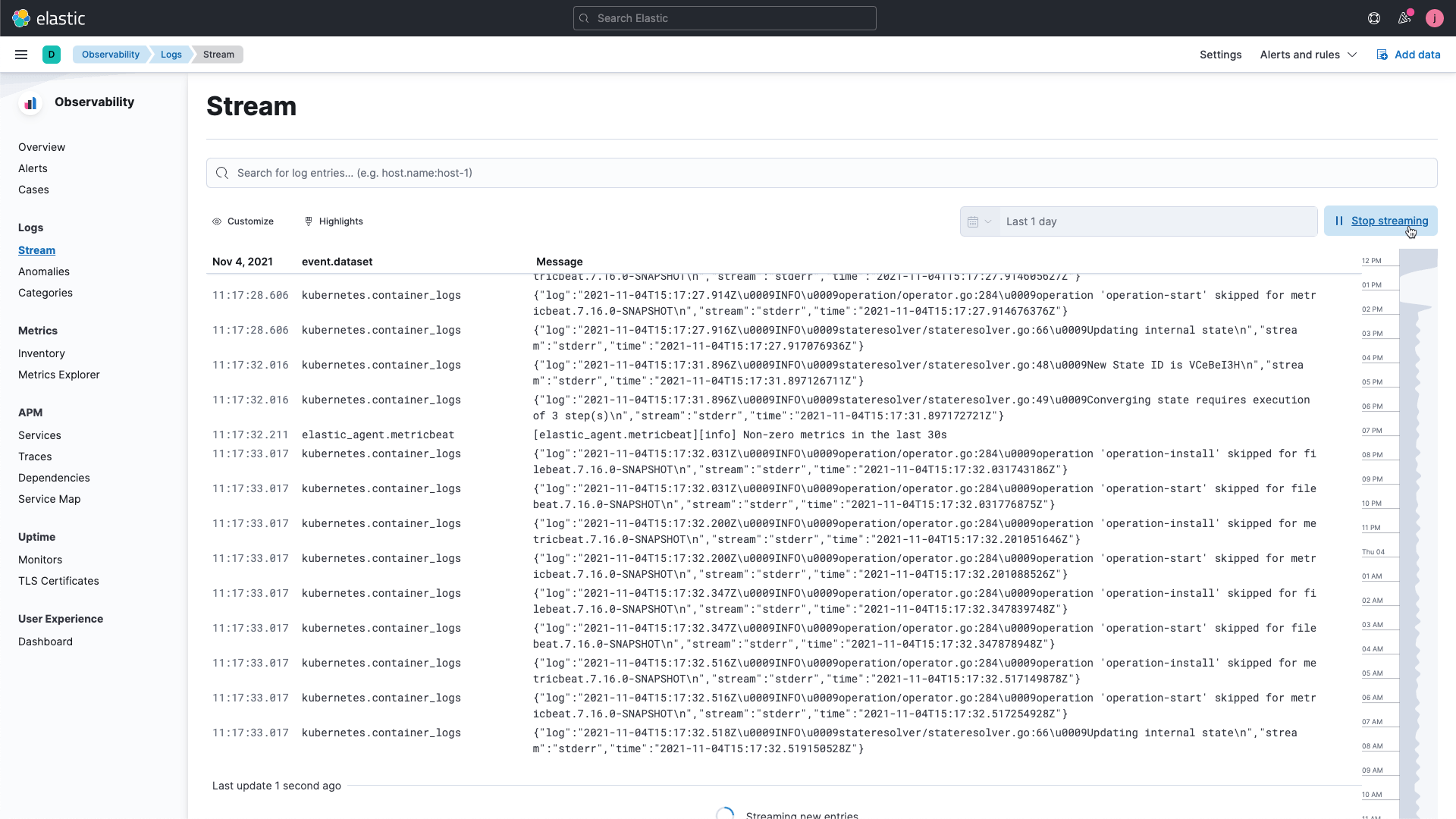
3. Graylog
Graylog is another robust open-source log management platform that competes with Splunk. It offers centralized log collection, storage, and analysis capabilities.
With features like alerting, dashboards, and search functionality, Graylog is suitable for organizations of various sizes. The user-friendly interface and active community support make it an attractive option for those looking to avoid the costs associated with proprietary solutions.
Feature Highlights:
- Analyze trends and anomalies
- Be alerted and act promptly
- Management and compliance can be automated
- Improved visibility across your IT infrastructure
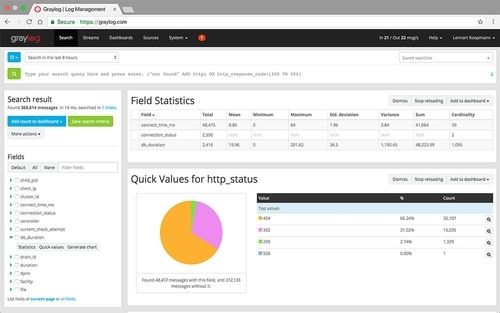
4. Loggly
Loggly is a cloud-based log management solution that focuses on simplicity and ease of use. It offers real-time log analysis, centralized logging, and interactive dashboards.
Loggly is especially suitable for small to medium-sized businesses looking for a hassle-free, cloud-based log management solution. It supports a wide range of log sources, making it versatile for different environments.
Feature Highlights:
- Log archiving and retention
- Event logs
- Log filtering
- Compliance reporting
- Audit trail
- Log aggregation
- Server logs
- Threshold alert
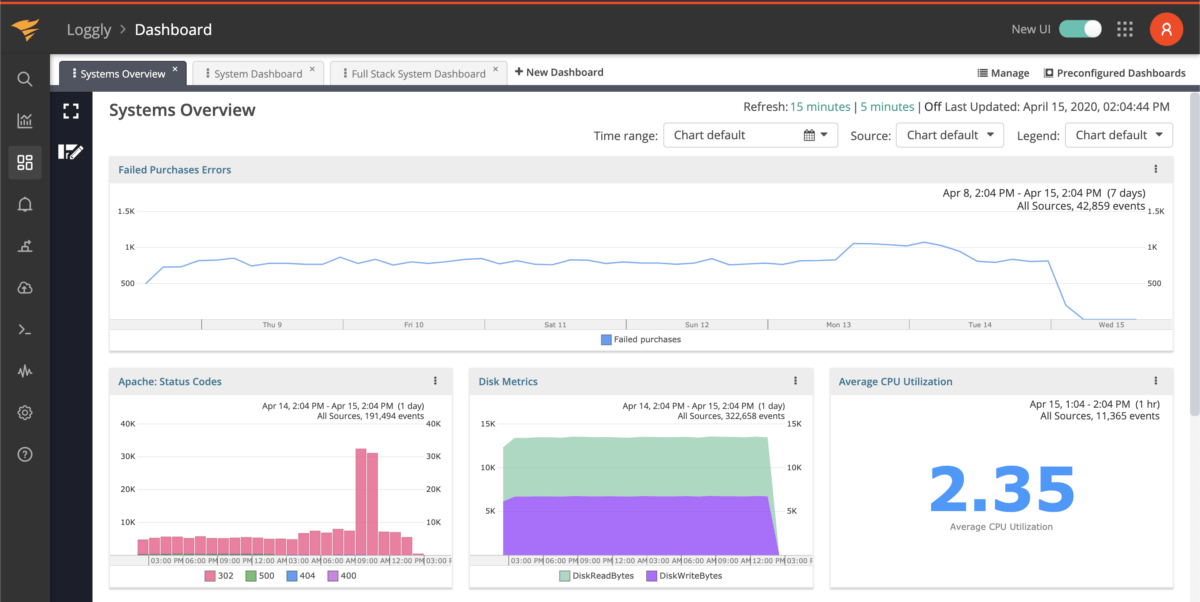
5. Sumo Logic
Sumo Logic is a cloud-native log management and analytics platform that helps organizations make data-driven decisions. With features like machine learning-driven analytics and real-time monitoring, Sumo Logic provides insights into application performance, security, and compliance.
Its cloud-based architecture allows for easy scalability and reduces the burden on on-premises infrastructure.
Feature highlights:
- An efficient query language
- Algorithms and machine learning are used for advanced analytics.
- A centrally managed agent management system
- Provides high-resolution metrics.
- REST APIs are also available through the application.
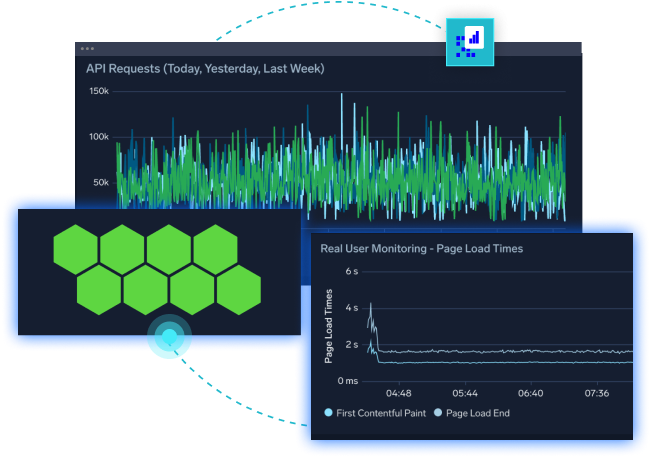
6. Logstash
Logstash, part of the Elastic Stack, is often used independently for log processing and data pipeline construction. It allows users to collect, parse, and transform logs from various sources before sending them to a chosen storage or visualization platform.
Logstash's versatility makes it a popular choice for organizations seeking a flexible and customizable log processing solution.
Feature Highlights:
- Ingest data from multiple sources
- Automatic root-cause analysis
- Centrally analyze all log data
- Input plugins available
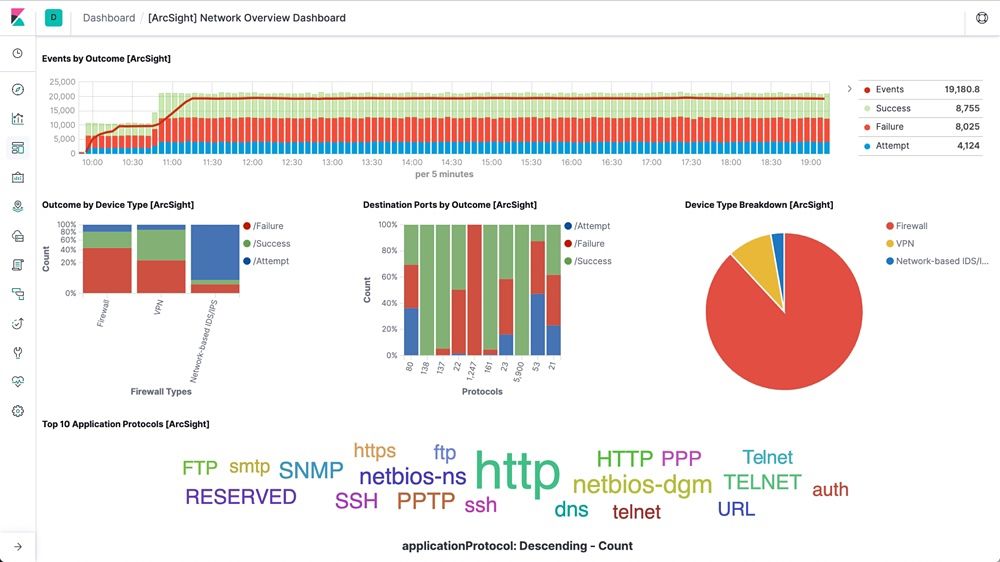
7. Fluentd
Fluentd is an open-source data collector that allows the unification of log data collection and consumption. It supports various data input and output plugins, making it compatible with a wide range of log sources and storage systems.
Fluentd's lightweight architecture and extensibility make it a suitable alternative for organizations seeking a simple yet powerful log collection solution.
Feature Highlights:
- Using JSON to unify logging
- A pluggable architecture
- Obtaining the minimum resources
- A built-in reliability feature
- Flexible and Simple
8. Mezmo
Mezmo is a comprehensive log management and monitoring platform designed to simplify the process of collecting, analyzing, and visualizing log data. It offers real-time insights into system performance, application behavior, and user interactions.
Mezmo's user-friendly interface and powerful search capabilities make it an attractive option for both small businesses and large enterprises.
Feature Highlights:
- Real-time monitoring, analysis, and aggregation of logs are all possible with Mezmo.
- Archive, create real-time alerts, and parse fields automatically.
- It is capable of handling any data volume.
- It parses a wide variety of log formats automatically
- Provides your team with role-based control.
9. Dynatrace
Dynatrace is a leading observability platform that focuses on providing end-to-end visibility into the entire IT stack, including applications, infrastructure, and user experience.
Using artificial intelligence (AI) and automation, Dynatrace aims to deliver insights that enable organizations to optimize performance and enhance user satisfaction.
Feature Highlights:
- Automatic discovery and mapping of application dependencies.
- AI-driven anomaly detection for performance issues.
- End-user monitoring for a complete view of the customer experience.
- Cloud-native support for modern, dynamic environments.
- Root cause analysis to expedite issue resolution.
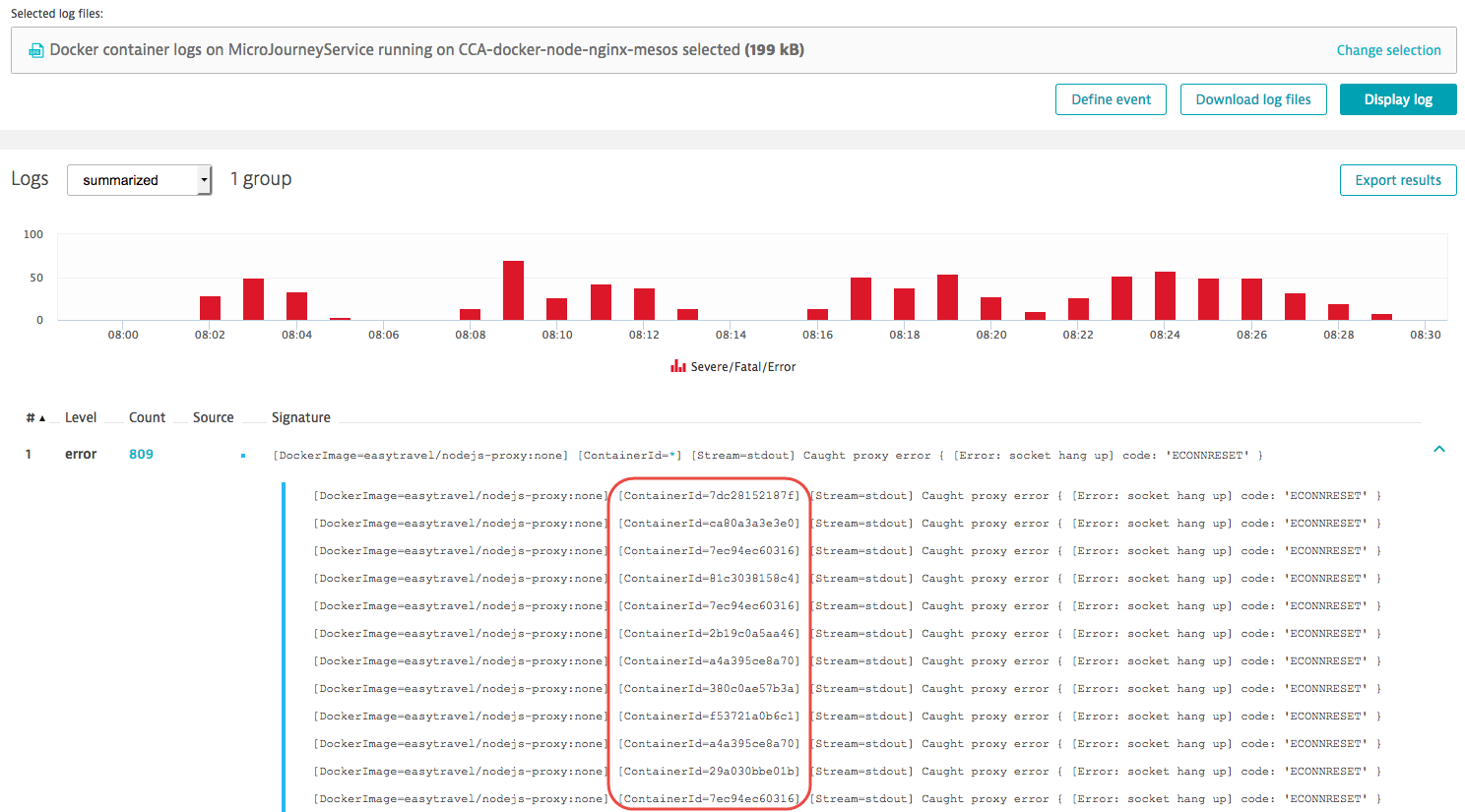
10. Datadog
Datadog is a cloud-native monitoring and analytics platform that offers a unified view of an organization's infrastructure, applications, and logs. With a focus on collaboration and data correlation, Datadog enables teams to gain actionable insights and improve operational efficiency.
Feature Highlights:
- Centralized log monitoring
- Logging without limits
- Log rehydration
- Log alerts
- Log context with metrics and stack trace
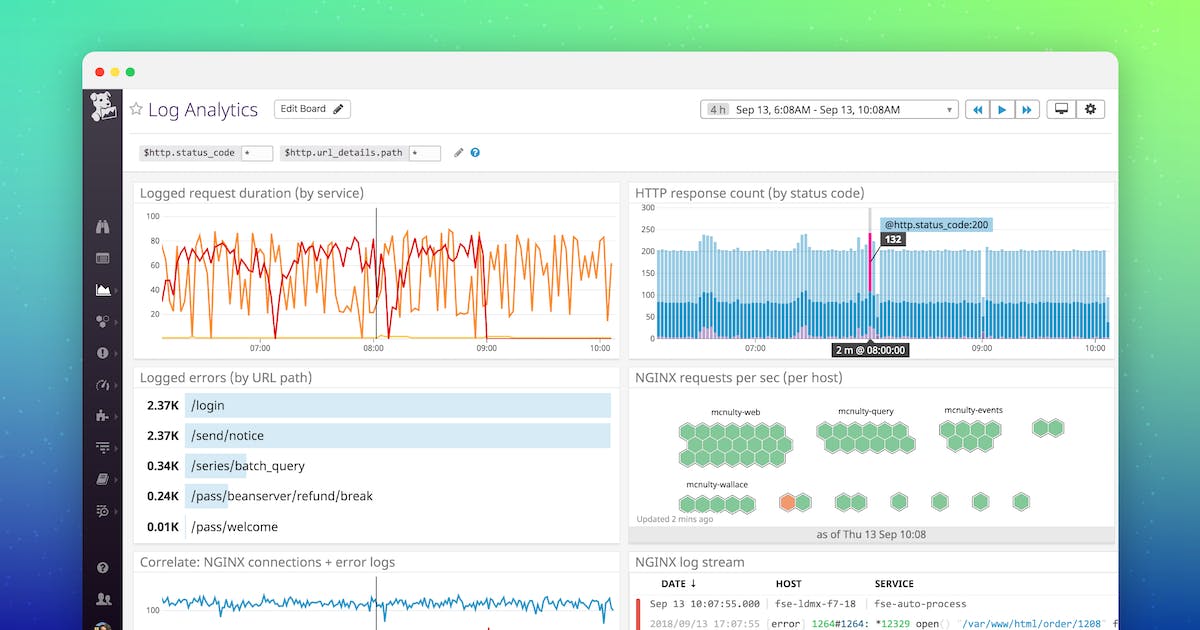
Conclusion
While Splunk remains a leading player in the log analysis and monitoring space, exploring alternatives can offer organizations more choices based on their specific needs, budget constraints, and preferences.
Whether opting for open-source solutions like the ELK Stack, user-friendly platforms like Loggly, or cloud-native services like Sumo Logic, businesses have a variety of options to consider.
The key is to assess individual requirements, scalability, and long-term costs to make an informed decision that aligns with the organization's goals.
As technology continues to advance, the landscape of log analysis tools is likely to evolve, providing even more options for businesses seeking efficient and effective log management solutions.
Monitor Your Entire Application with Atatus
Atatus is a Full Stack Observability Platform that lets you review problems as if they happened in your application. Instead of guessing why errors happen or asking users for screenshots and log dumps, Atatus lets you replay the session to quickly understand what went wrong.
We offer Application Performance Monitoring, Real User Monitoring, Server Monitoring, Logs Monitoring, Synthetic Monitoring, Uptime Monitoring and API Analytics. It works perfectly with any application, regardless of framework, and has plugins.

Atatus can be beneficial to your business, which provides a comprehensive view of your application, including how it works, where performance bottlenecks exist, which users are most impacted, and which errors break your code for your frontend, backend, and infrastructure.
If you are not yet a Atatus customer, you can sign up for a 14-day free trial .
#1 Solution for Logs, Traces & Metrics
APM
Kubernetes
Logs
Synthetics
RUM
Serverless
Security
More



![New Relic vs Splunk - In-depth Comparison [2024]](/blog/content/images/size/w960/2024/10/Datadog-vs-sentry--19-.png)
![Splunk vs Prometheus: A Side-by-Side Comparison [2024 Guide]](/blog/content/images/size/w960/2024/08/Datadog-vs-sentry--13-.png)
![Datadog vs Splunk: A Side-by-Side Comparison [2024]](/blog/content/images/size/w960/2024/10/datadog-vs-splunk.png)